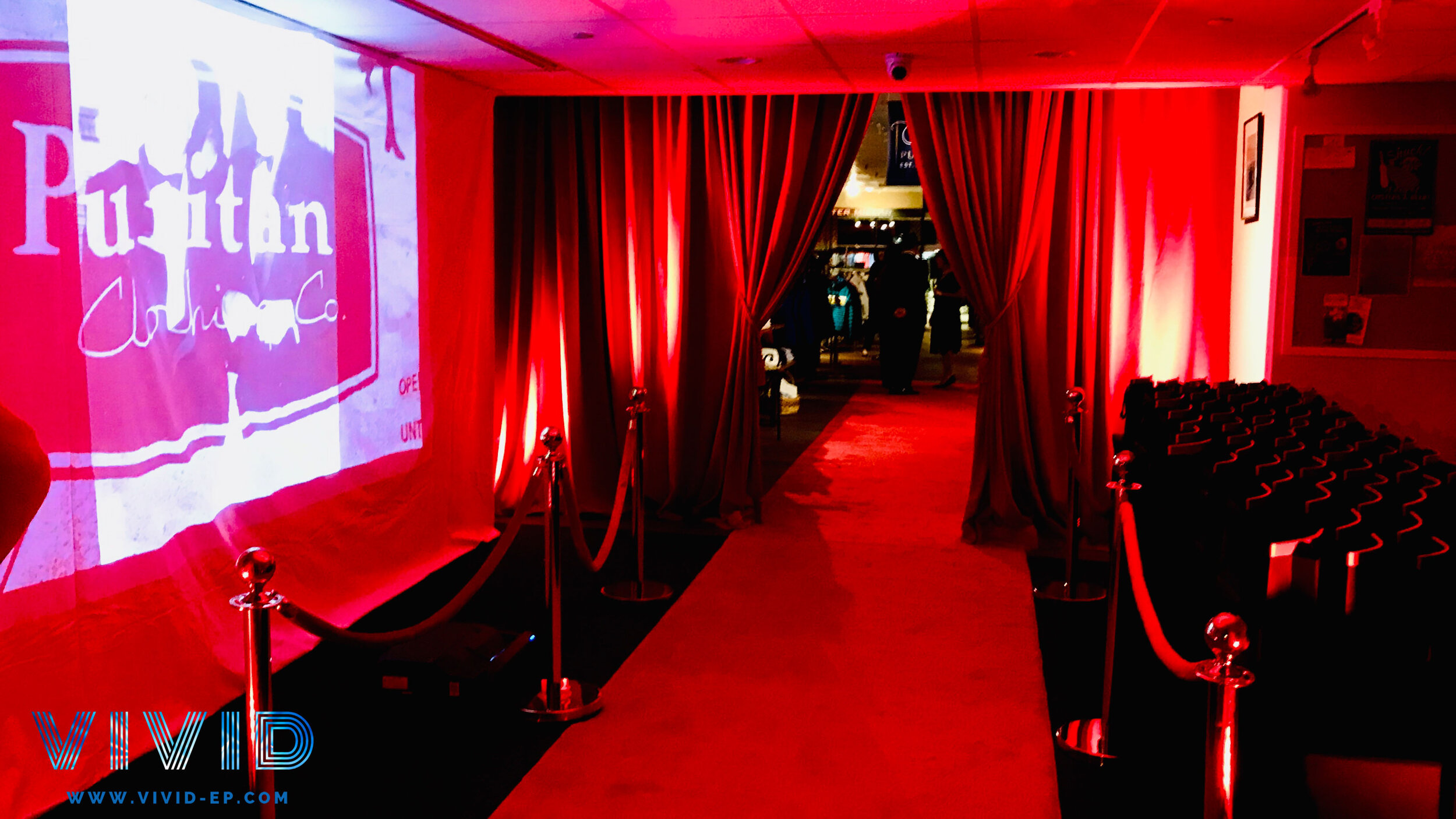Essential Strategies for Enhancing the Lifespan of The Light Emitting Diode Wall
Wiki Article
Light Emitting Diode screens are becoming increasingly widely used for multiple applications, from marketing to leisure. To ensure that these displays operate efficiently over the years, it is essential to adopt tactics that extend their lifespan. Understanding the elements that influence the longevity of LED walls can assist users maintain their functionality and avoid unnecessary substitutions.
One of the primary elements that can extend the lifespan of an Light Emitting Diode screen is appropriate installation. It is vital to have a professional team handle the setup procedure to guarantee all components are correctly connected. Inadequate setup can lead to electrical issues or physical damage. Additionally, the location of the Light Emitting Diode wall should consider surrounding conditions such as light exposure and humidity levels. A properly set up display in a proper site will reduce the risk of damage caused by external factors.

Routine maintenance is another crucial strategy to extend the lifespan of an LED wall. This includes routine checks to check for any signs of wear or failure. Dirt and dirt can accumulate on the surface of the Light Emitting Diode panels, affecting brightness and hue quality. Wiping the displays with suitable materials will help maintain optimal clarity. It is also important to check the components behind the display, ensuring that all connections are secure and that there are no heat issues, which can greatly reduce the durability of the components.
Power management plays a vital role in improving the lifespan of an Light Emitting Diode screen. Over-voltage or fluctuating electricity supply can harm the inner circuitry. To avoid this, using a reliable power supply and implementing surge protection measures is advisable. Additionally, setting the weblink display to function at reduced luminosity levels when intense luminosity is not required can lessen wear on the LEDs. This not only extends the lifespan of the wall but also conserves power, making it a economical option.
In addition, program control can affect the functionality of Light Emitting Diode walls. Regularly refreshing the program that operates the screen guarantees that it operates smoothly and includes any essential safety patches. Old program can result in functionality issues and may put the setup to risks. Proper timing of programming can also help in managing the workload of the screen, permitting it to idle during off-peak hours, which can aid to a greater durability.
In conclusion, extending the durability of an LED screen involves a mix of proper setup, routine maintenance, effective electric management, and diligent program management. By concentrating on these essential strategies, users can guarantee that their Light Emitting Diode displays stay operational and visually pleasing for numerous years. Implementing proactive steps will not only improve the performance of the Light Emitting Diode screen but also offer a greater return on investment over the years.